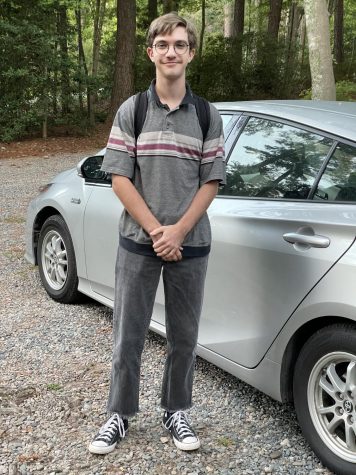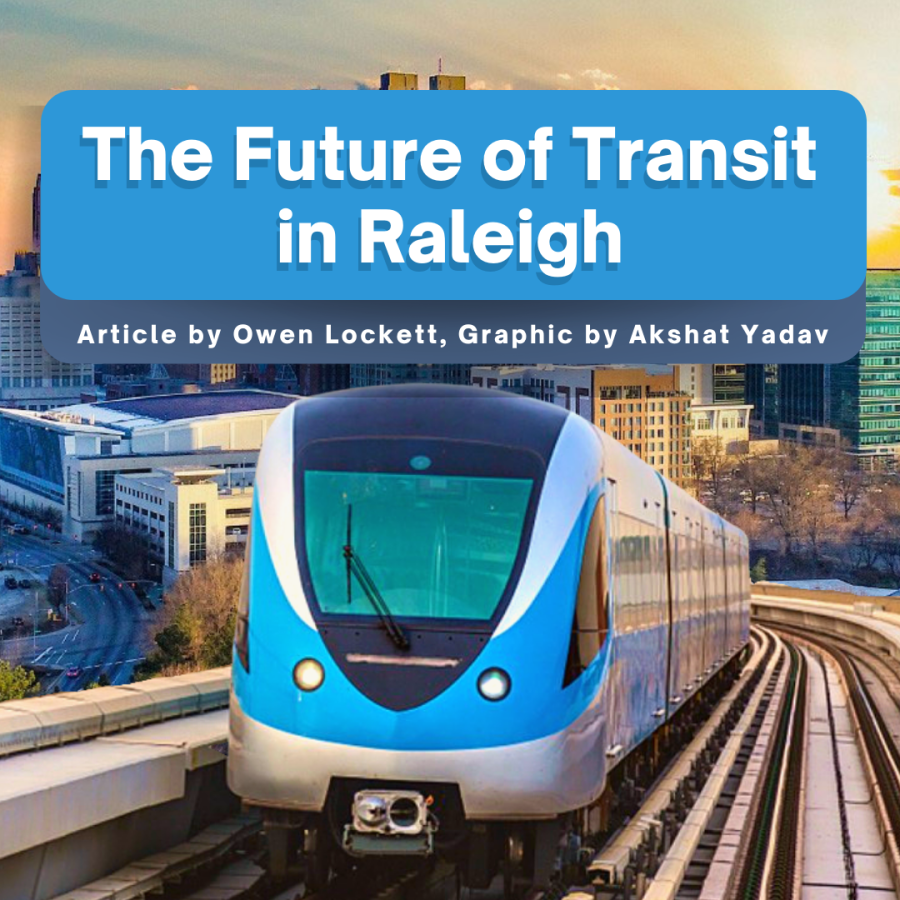The Future of Transit in Raleigh
From 2010-2019, Raleigh was the second fastest growing metropolitan area in the United States, and more people moving to Raleigh means more people moving through Raleigh everyday and that means more cars on our roads. To prevent traffic congestion and provide more transportation options, our municipal and regional governments have committed to modernizing our region’s public transit system. In 2016, Raleigh voters approved new taxes intended to fund the ten-year Wake Transit Plan, which was extended through 2030, last year. This plan includes investment in a variety of transit modes with new or upgraded service and capacity.
Right now, GoRaleigh, similar to most bus systems in the US, is notoriously infrequent and unreliable, which results in consistently low ridership. Currently there is only seventeen miles of bus service in Raleigh and Cary which will be expanded to over eighty-three under the Wake Transit plan. While this may not be as flashy as other projects, this expanded service is the most important part of the plan because it will bring reliable, frequent transit to much of the city. Transit frequency is one of the biggest drivers of ridership, and making existing lines more frequent will likely attract more riders to the network.
GoRaleigh also has plans to build four Bus Rapid Transit (BRT) lines along major corridors in the city between now and 2030 the first of which is set to open between 2023-2025 along New Bern Avenue. BRT is a form of public transportation in which high-frequency buses operate along routes with semi or fully dedicated lanes and usually have higher capacity stations and vehicles than the typical bus system. There are some issues with the use of BRT as a permanent mode since it could cost more in the long run, and has less potential for increased capacity than something like automated metro or other rail transit modes. While I have some concerns about the reliance on BRT, it is certainly a positive that the city has chosen to invest in higher capacity modes for the growing urban core.
The GoTriangle Commuter Rail may be the most exciting part of the on-going transit developments. This is especially important for easing the daily traffic congestion along I-40 and I-440 between Raleigh and Durham, which has been increasing over the past few years. The commuter rail is planned to serve as a regional connector for the Triangle, providing transportation to jobs in Downtown Raleigh, Downtown Durham, NC State, RTP, and more. Though the project has been in talks for years, the effort was renewed with greater interest after Apple and Google announced major plans to set up HQ locations in the Triangle. It’s expected to carry around 7,500 to 10,000 passengers every day and return $5 billion in GDP and 50,000 jobs over 20 years for every $1 billion invested, according to APTA. A study is currently being conducted by Norfolk Southern rail company on various aspects of the project, which will be returned in early 2022 allowing GoTriangle to begin early construction plans.
The rail project is very exciting, but there are a couple of small concerns. First, there are no current plans to expand the project to rapidly growing cities Wake Forest, Apex, and Knightdale, all of which have existing railways that could be connected. Second, the fact that it is called “commuter” rail implies that there will only be service at peak commuting hours. Not only has the pandemic completely destroyed the concept of the traditional commute, but frequent service all day, every day is key for creating a usable transit system for all riders, not just “commuters”. One example transit planners could look to is Denver’s commuter rail network which has attracted high-ridership at a relatively low cost, likely due to its high and consistent frequencies.
Raleigh, like many US cities, faces the problem of playing catch-up with the rest of the world, because of our local and federal government’s failure to fund the development of transit as our city grew. Now that they have decided to start reinvesting in transit, it will be a tough challenge to build a network that works for Raleigh in the years to come. I hope that our city, along with others, can finally build efficient transit systems that make our cities more livable, for the sake of the environment, the economy, and for people like me who live in this city and want an alternative to bumper-to-bumper traffic on Capital Boulevard.
Your donation will support the student journalists of Enloe Magnet High School, allowing us to cover our annual website costs. We are extremely grateful for any contribution, big or small!

(He/him)
This is Owen! He's an aspiring musician, an amateur skater, a middle child, a JBrekkie enjoyer, and a staff writer for the Eagle's Eye. Owen...


















